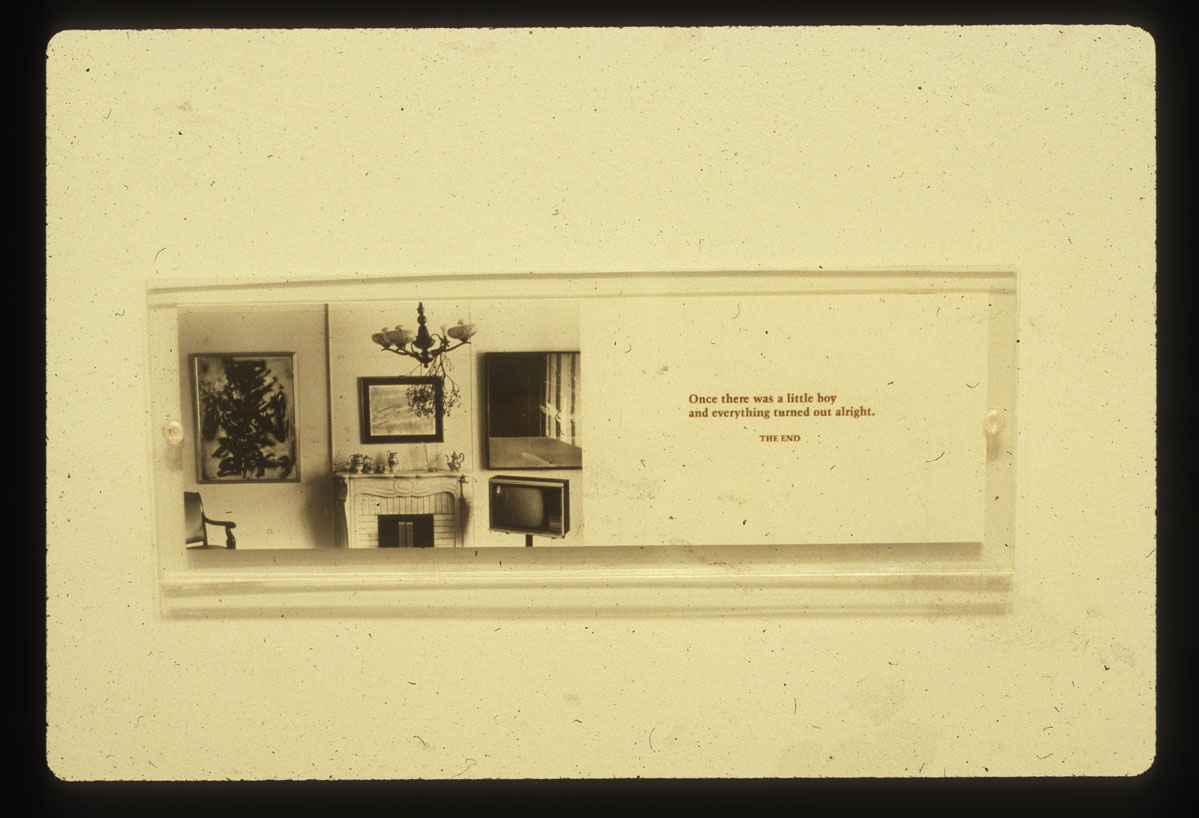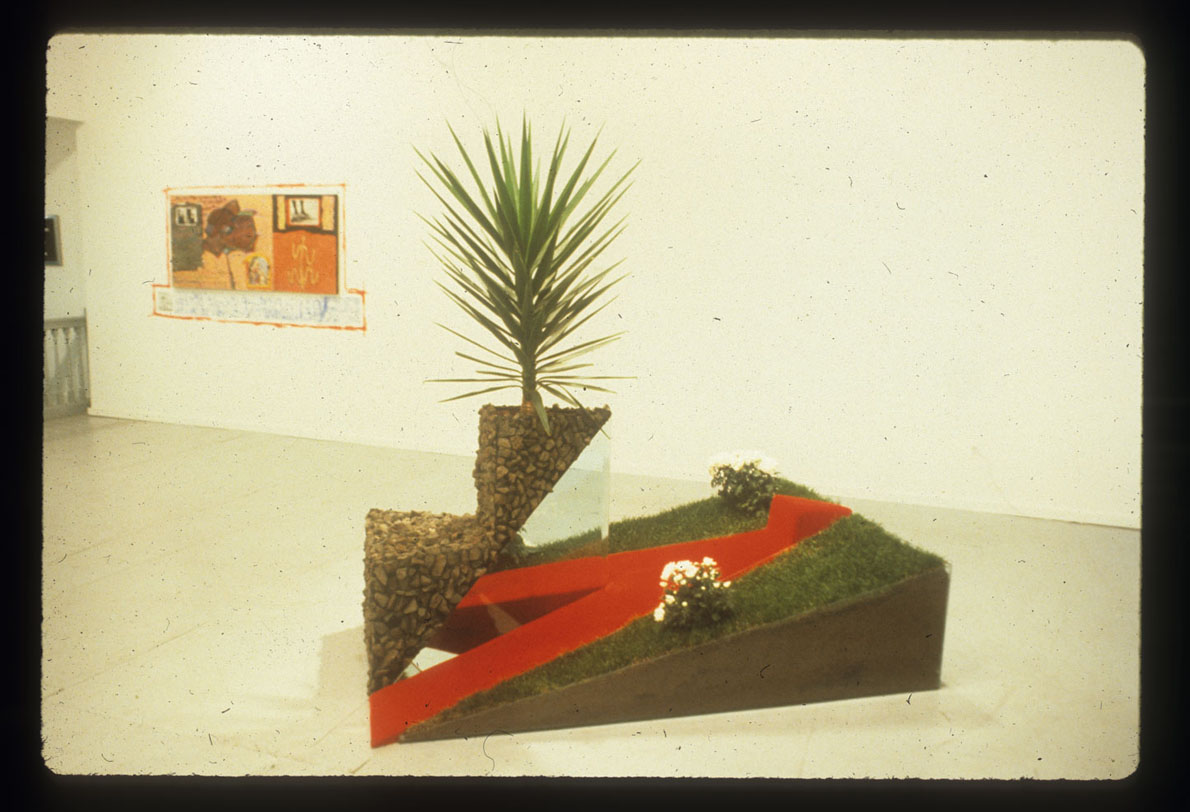October 30 – November 26, 1986
Artists Space
The Fairy Tale: Politics, Desire, and Everyday Life
Artists Space is pleased to present a three hour video program in the Lower gallery as a complement to the exhibition in the Main gallery and the two evenings of film at The Collective for Living Cinema. The Fairy Tale: Politics, Desire and Everyday Life invites the viewer to take a closer look at the form of the fairy tale and its effects on the process of socialization. The tapes in the show include a wide range of budget and format, from the commercially produced Rocky and Bullwinkle to the home video productions of Drury and Cowie. With this variety of appropriations of classical tales, the problem of the relation between text and context is thrown into relief. The traditional anchors for meaning and understanding are pulled in, setting adrift the act of listening and viewing.
The video program also emphasizes the diversity of strategy behind the appropriation of a specific fairy tale or the fairy tale form generally. Curlylocks and the Three Brothers and So Where's My Prince Already leave the basic structure of the tale intact, substituting setting and character with contemporary institutions. Aside from the humorous anachronisms and misplaced allegories, these appropriations function didactically in much the same manner as the Grimm or Andersen re-writes. The difference being, in Lister's tape for example, that the Prince is never more than a frog, no matter how many times you kiss him, clean house for him or iron his shirts.
As the other end of the spectrum, Joan Jonas' Upside Down and Backwards plays havoc with the linear form of the fairy tale, calling attention to its synchronic structure. In this tape, both The Frog Prince and The Boy Who Went Out To Learn Fear are read, one backwards and the other forwards, each interrupting the other. The insistent, yet ironic use of symbolism on the image track inverts the tales once again, playing out the 'deep' semantic structure on the surface, so that Death is nothing more than a skeleton.
Between these two approaches, but certainly not in the center, the work of Drury and Cowie uses allegory while at the same time deconstructing its mechanisms. The meanings of the stories become a process, always tentative and equivocal.
Jacqueline Frazier is a technical engineer for NBC and a free-lance writer. She lives in Venice Beach, California, as is currently working on a screenplay entitled Forty Acres and a Mule.
Ardele Lister has been working in video since 1973. Her work has been shown extensively in Canada and the U.S. Currently, she is shooting a new videotape entitled Between Heaven and Hell, loosely based on Dante's Purgatory.
Norman Cowle is a video artist living in NYC. His previous work includes Nazareth in August, a documentary on the Arabs in Israel.
Jay Ward Productions has been a pioneer in television animation. Since 1949 they have created numerous satirical cartoons including among others, Rocky and Bullwinkle, Dudley Do-Right, George of the Jungle, and Super Chicken.
Bruce and Norman Yonemoto are both video artists living in Los Angeles. Their earlier work includes Green Cart and Vault. The letter was recently aired on PBS's Live From Off Center.
Joan Jonas is a video and performance artist living in NYC. Her work has been presented extensively throughout the United States and Europe.
Sarah Drury is an artist working in video and photography in Brooklyn, NY. Her work has recently been presented at the Brooklyn Museum and at CEPA Gallery in Buffalo.
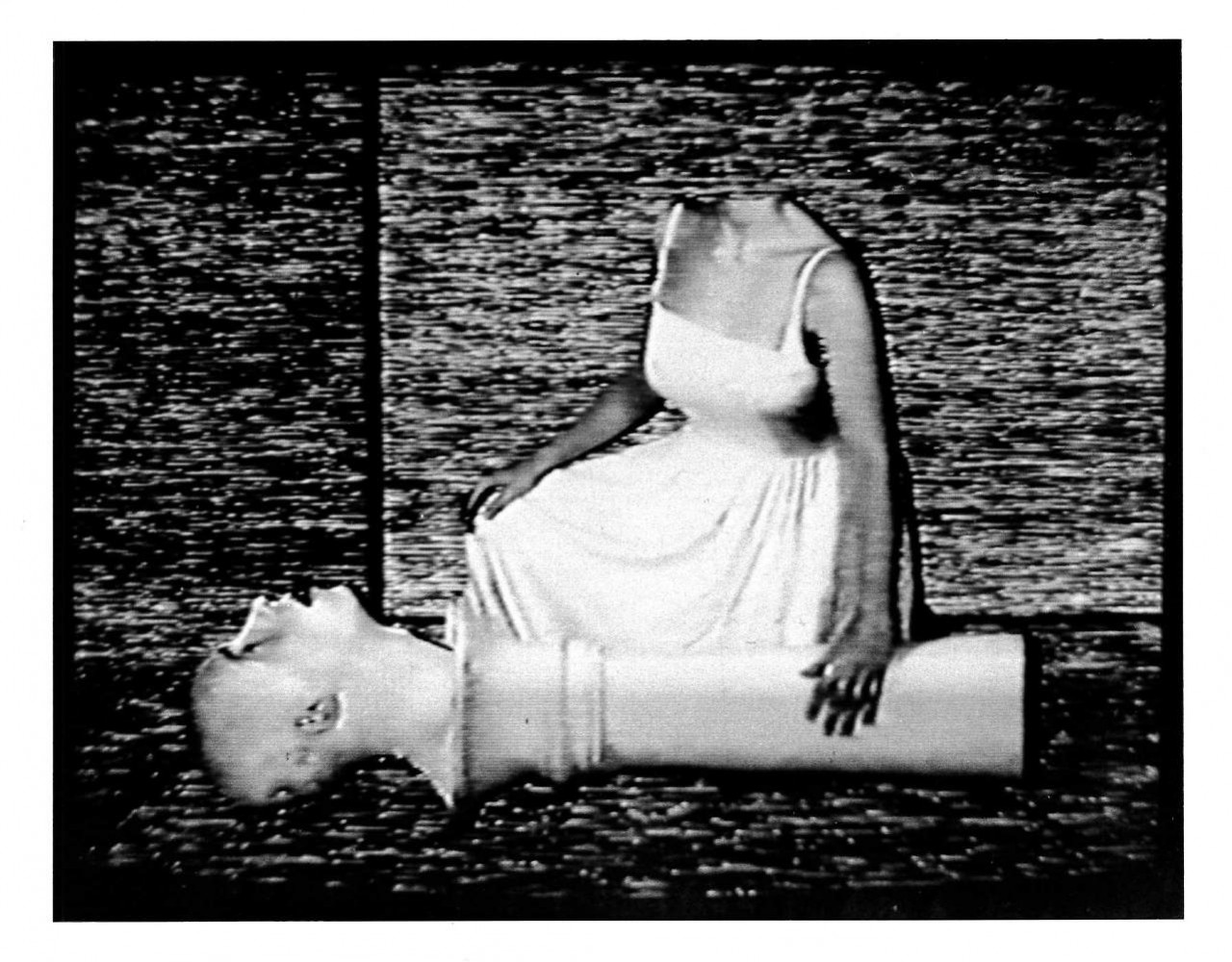
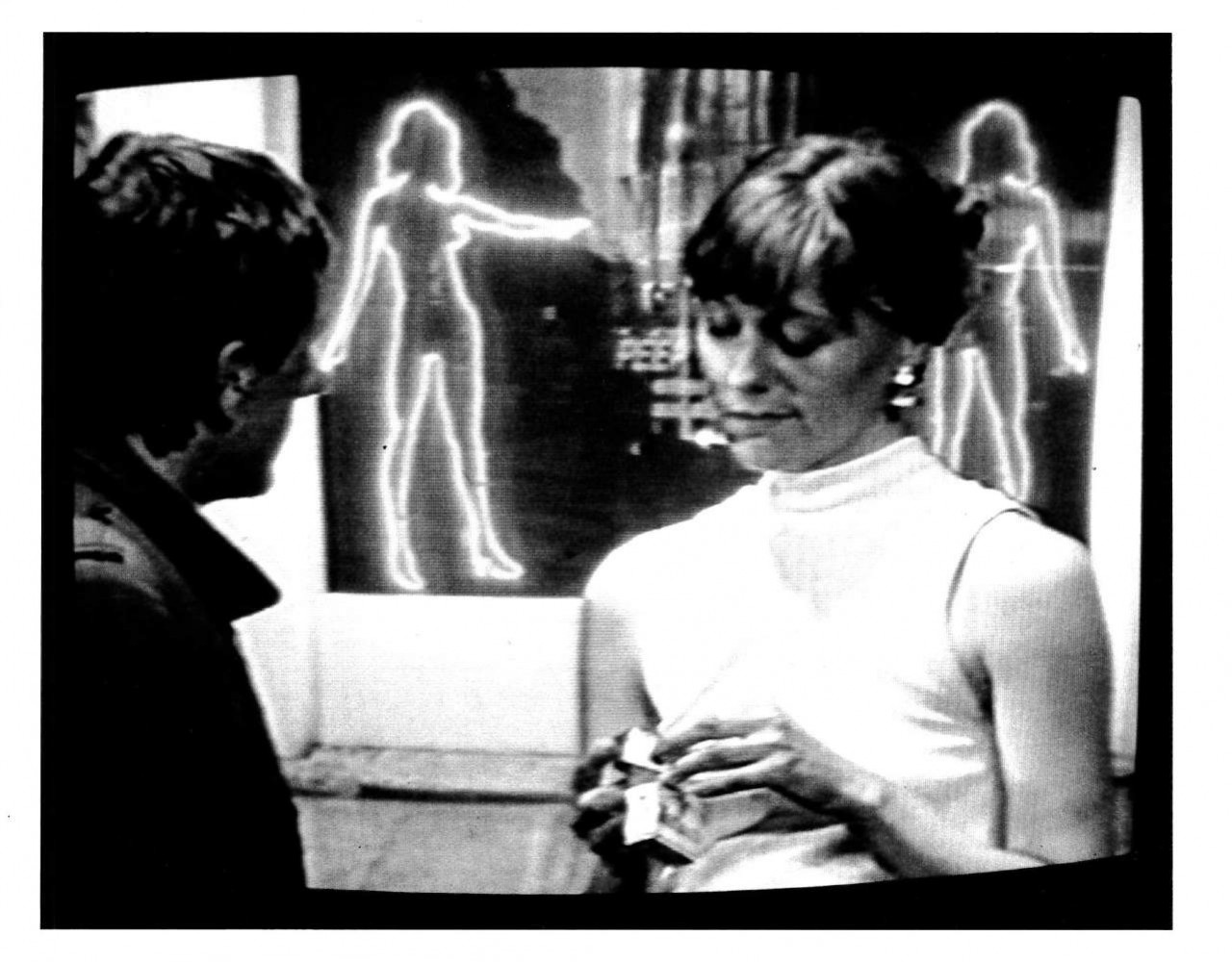
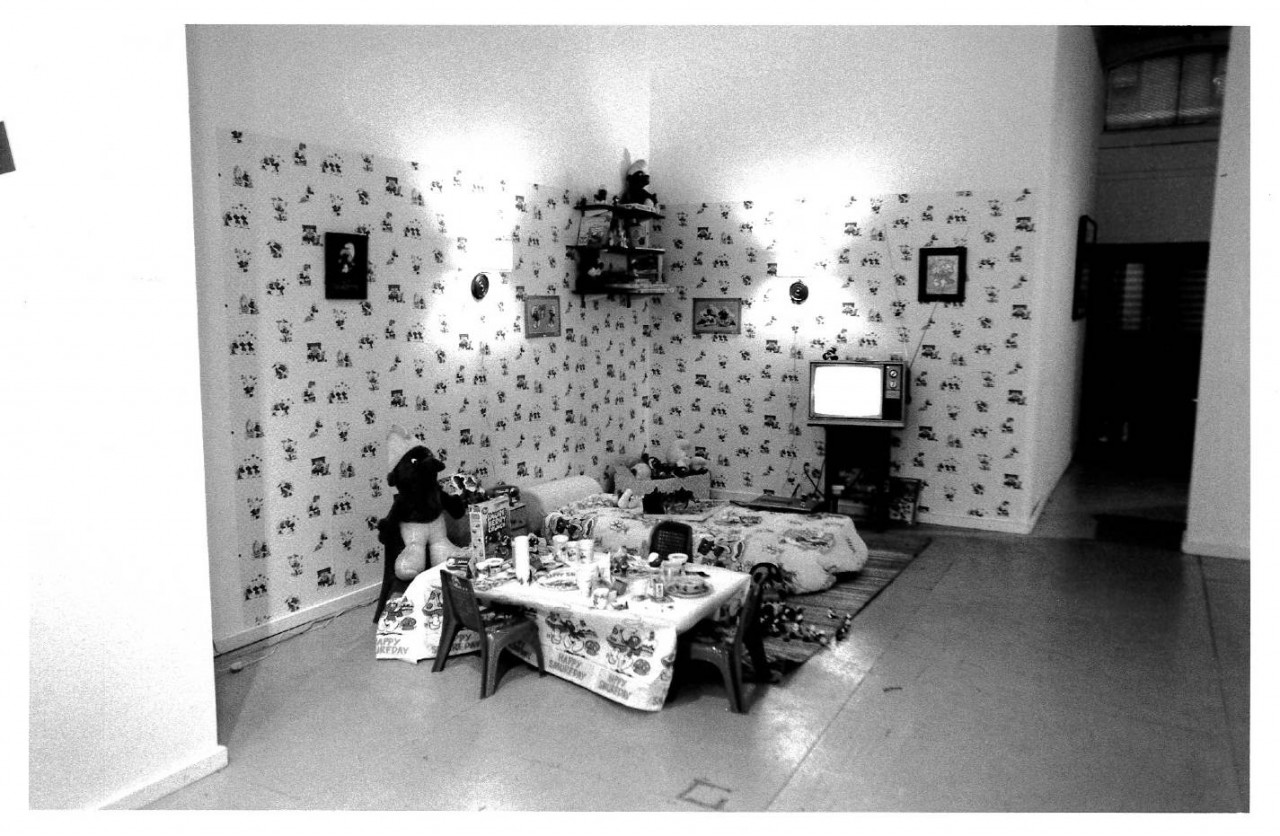


Artists space video activities are supported by a grant from the New York State Council on the Arts.
ARTISTS SPACE activities are made possible by the National Endowment for the Arts, a federal agency; New York Council on the Arts; Institute of Museum Services; New York City Department of Cultural Affairs; Art Matters, Inc., Cowles Family Charitable Trust, Foundation for Contemporary Performance Arts, Inc., Jerome Foundation, Leonhardt Foundation, Betty Parsons Foundation, The Reed Foundation, Inc., Mark Rothko Foundation; the American Express Company, Consolidated Edison, Equitable Real Estate Group, Inc., EXXON, R.H. Macy Company, Mobil Foundation, Inc., Morgan Guaranty Trust of New York and Philip Morris, as well as numerous Friends.

